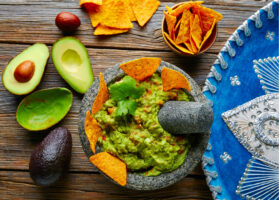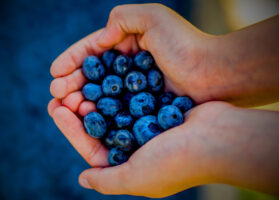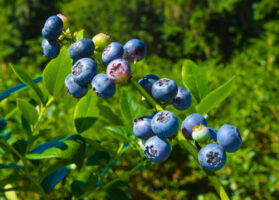Chile manages to advance its cherry harvest to October 15 with an ultra-early variety
Overview of cherries from Chile in the U.S. market, complemented by charts from Agronometrics. Original published on September 4, 2023.
In the framework of the second seminar of Cerezas Primores in Ovalle, Bloom Fresh, the new company resulting from the recent merger of SNFL and IFG genetics companies specializing in new table grape varieties and cherries, revealed that it managed to harvest its earliest Cheer Ten variety on October 15 of last year in Vicuña.
Ignacio Bolumburu, commercial manager, and Macarena Villasante, technical manager of Bloom Fresh, presented at the seminar some of the results they have recorded in the 60 hectares they have in Chile with their advanced genetics varieties, specifically those early varieties with lower cold requirements, focused on the area of Ovalle.
One of these varieties was the Cheery Cupid, the trade name for Cher-Ten, which last year had the earliest harvest in Chile. This variety has a cold requirement of under 300 hours and can be harvested five days before the Brooks variety in the production area of the Coquimbo region. It could even be harvested earlier with the use of covering technology (such as meshes or macro-tunnels) since its first result was without agronomic support or management.

Source: USDA Market News via Agronometrics.
(Agronometrics users can view this chart with live updates here)
“It can be stored for 27 days, has long pedicels, a mahogany color, and it’s similar to the Santina in many aspects,” Villasante said. Since it’s such an early variety, it has no traditional pollinator to synchronize, so it must be paired with Cheery Nebula (patented as IFG Cher-eight), which also has a low cold requirement of less than 300 hours.
“Due to their postharvest, they must be shipped by air. Despite not showing any pedicel dehydration, shipping these varieties by sea would be risky,” he stated.
The News in Charts is a collection of stories from the industry complemented by charts from Agronometrics to help better tell their story.
Access the original article with this (Link)






